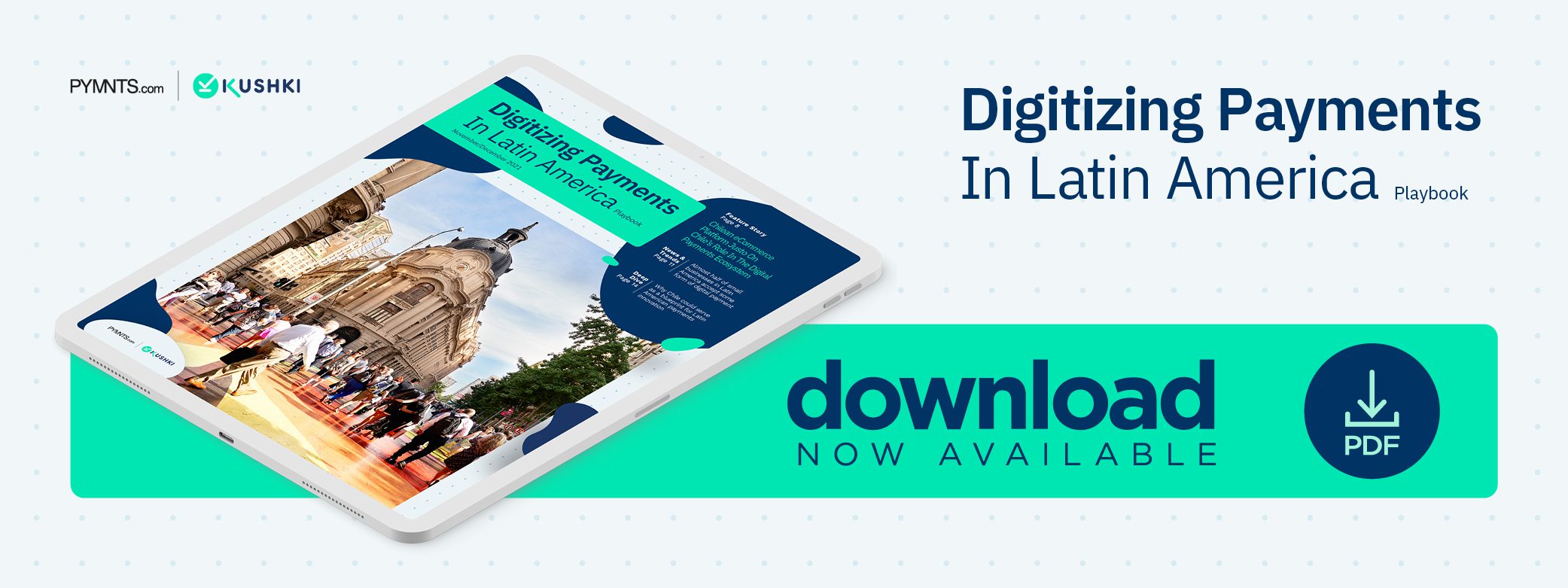Deep Dive: How Chile Could Serve as a Payments Innovation Blueprint for Latin America

The digital payments revolution might be less apparent in Latin America (LatAm) than in other regions of the world. Only 18% of Latin Americans leverage a FinTech, digital wallet or neobank to make purchases, compared to 46% of consumers in the Asia-Pacific (APAC) region, for example. Similarly, only 41% of consumers in Argentina, 59% in Brazil and 25% in Mexico use debit cards, compared to 80% in the United States.
Times are changing quickly, however, and the LatAm payments landscape is making up for lost time. Digital payments volume is expected to increase in the region by 73% by 2025, and nowhere is this growth more apparent than in Chile. The country already has the highest bank usage rate in the region, and rising digital expansion, accelerated by the pandemic, has made it a regional leader in digital payments adoption.
The following Deep Dive explores why and how digital payments are becoming more popular in Chile. It also examines why the country’s digital payments developments could offer a preview to those unfolding in the rest of the LatAm region.
Digital Payments Trends in Chile
The pandemic served as a powerful impetus in Chileans’ embrace of digital payment methods by forcing the temporary or permanent closure of many brick-and-mortar retailers and limiting consumers’ use of traditional payment options, such as cash. A May 2021 Mastercard study found that 66% of Chilean consumers had embraced some type of new payment method in the past year that they otherwise would not have used. In fact, Chileans’ digital payment habits have become so entrenched that 62% of consumers said they would not patronize a merchant that did not offer some form of digital payment.
The most popular digital payment type in Chile is the bank transfer, which offers a number of advantages over cash, payment cards and other traditional payment methods. For example, the lack of a physical payment component makes these transactions much less vulnerable to theft, and users can easily make payments via banking apps on their smartphones, rather than fumbling for their wallets. Bank transfers account for 12% of all online transactions in Chile, while cash accounts for 11% of purchases and digital wallets account for just 3%.
Cryptocurrencies are another quickly growing payment method in Chile, although interest is currently outpacing actual implementation. Nearly three in 10 Chileans plan to use cryptocurrencies within the next year, but 68% of millennial consumers expressed interest in learning more about them and 71% said they would use them if they understood them better.
Many companies are working to deploy digital payment methods in response to this increased consumer demand, reaching out to different markets and consumer segments to expand their digital footprints in both Chile and the wider LatAm region.
Digital Payments Implementation
A wide variety of players are entering the digital payments game, especially as the digital payments field in Chile faces an upheaval to the status quo. Until recently, the power player in the Chilean payments scene was Transbank, the company that administers bank credit and debit cards in the country. It held a monopoly on electronic payments in Chile and required all payments to route through its systems.
Two years ago, however, the country’s financial minister announced plans to eliminate this monopoly and separate card issuers from payments processing companies, a similar system to those in the U.S., Brazil and much of Europe. This change has been a renaissance for payments providers, which are flooding into Chile to take advantage of the new paradigm.
One entrant into the Chilean digital payments scene seeking to leverage this changing landscape is Ripley Pago, a recently launched contactless payment option that allows users to scan QR codes with their phones at Ripley stores, without requiring cashier interaction.
The company is the first retailer to develop an online marketplace in LatAm, and the reasons for its inception in Chile are self-evident, as the country’s internet and smartphone usage rates are the highest in LatAm — making it an optimal testing zone for new digital payment technologies. Any technology that fails in Chile has little chance of succeeding elsewhere in LatAm, and those that succeed have a perfect jumping-off point for further expansion.
These payments developments mark Chile as a trendsetter for digital transactions in LatAm. Banks, payments providers and other players in the sector would do well to view the country as a microcosm for technology trends in the entire LatAm region.

